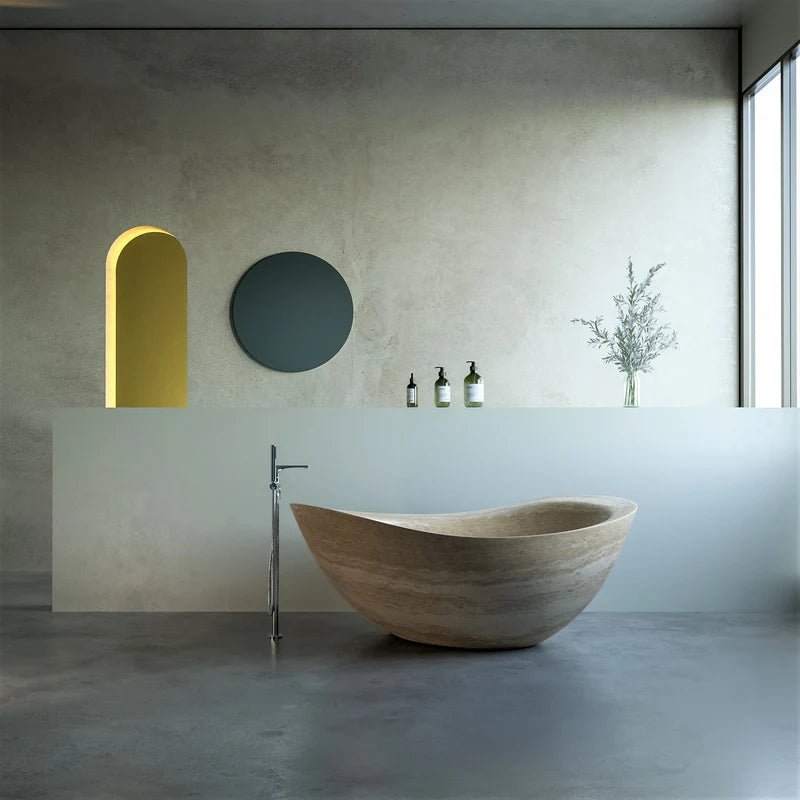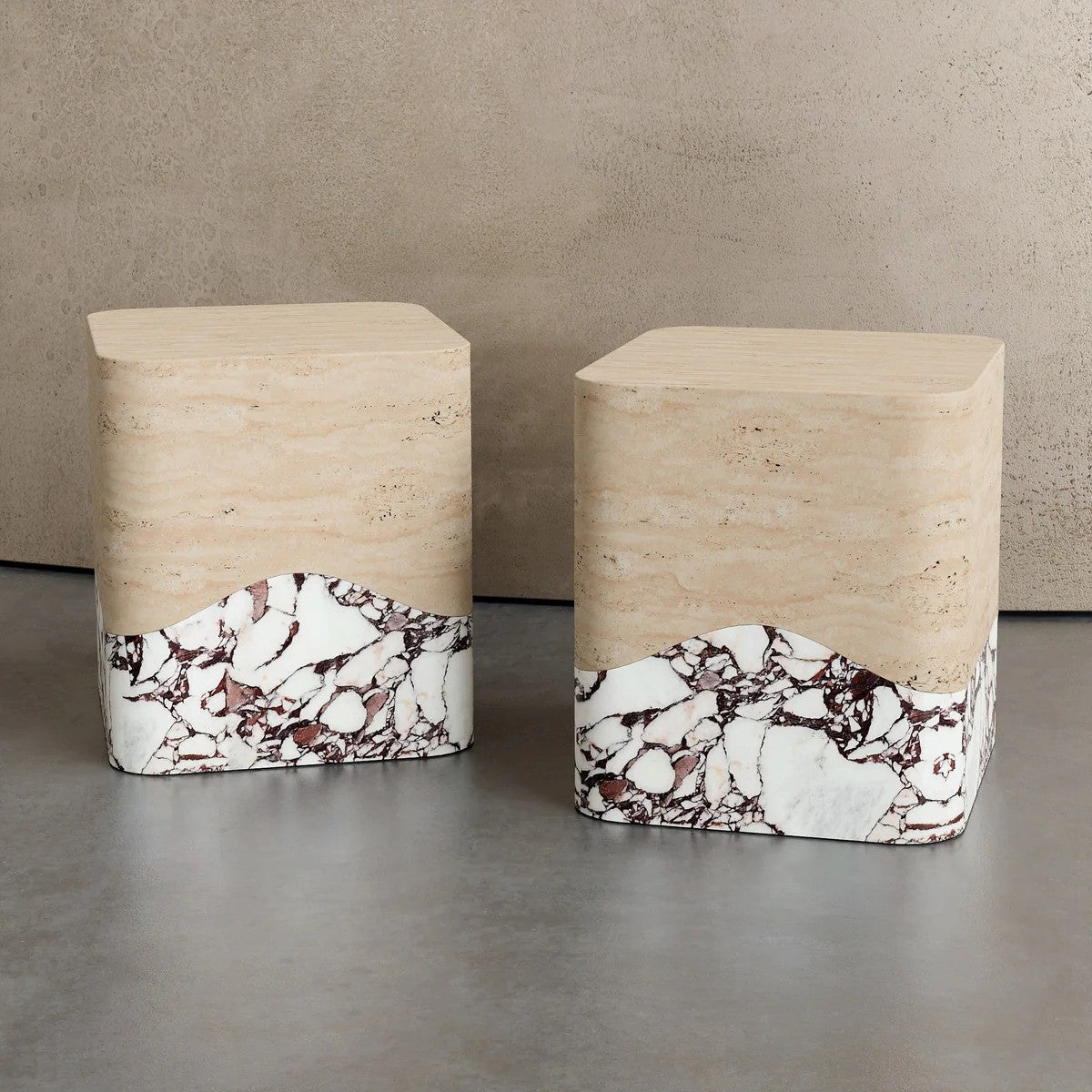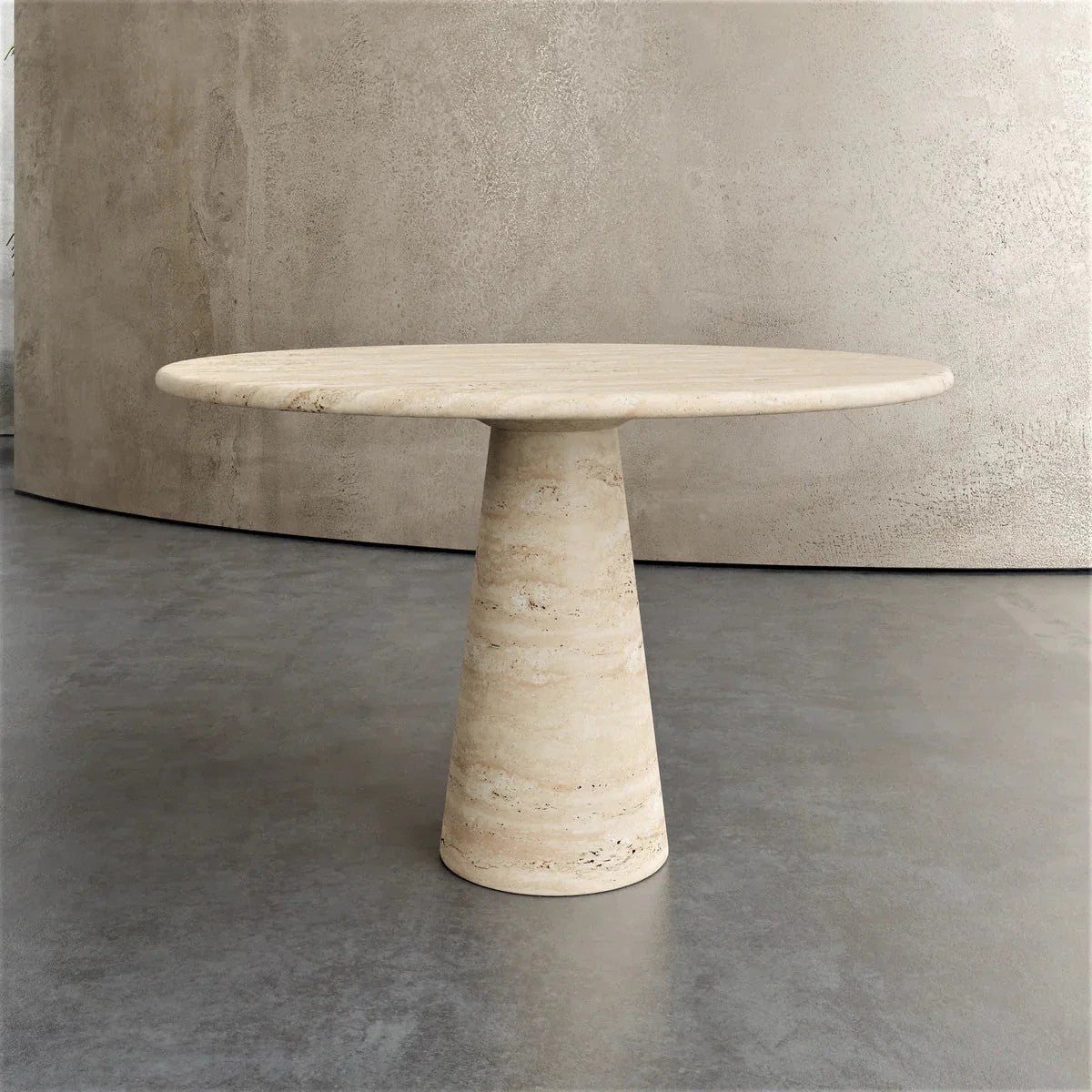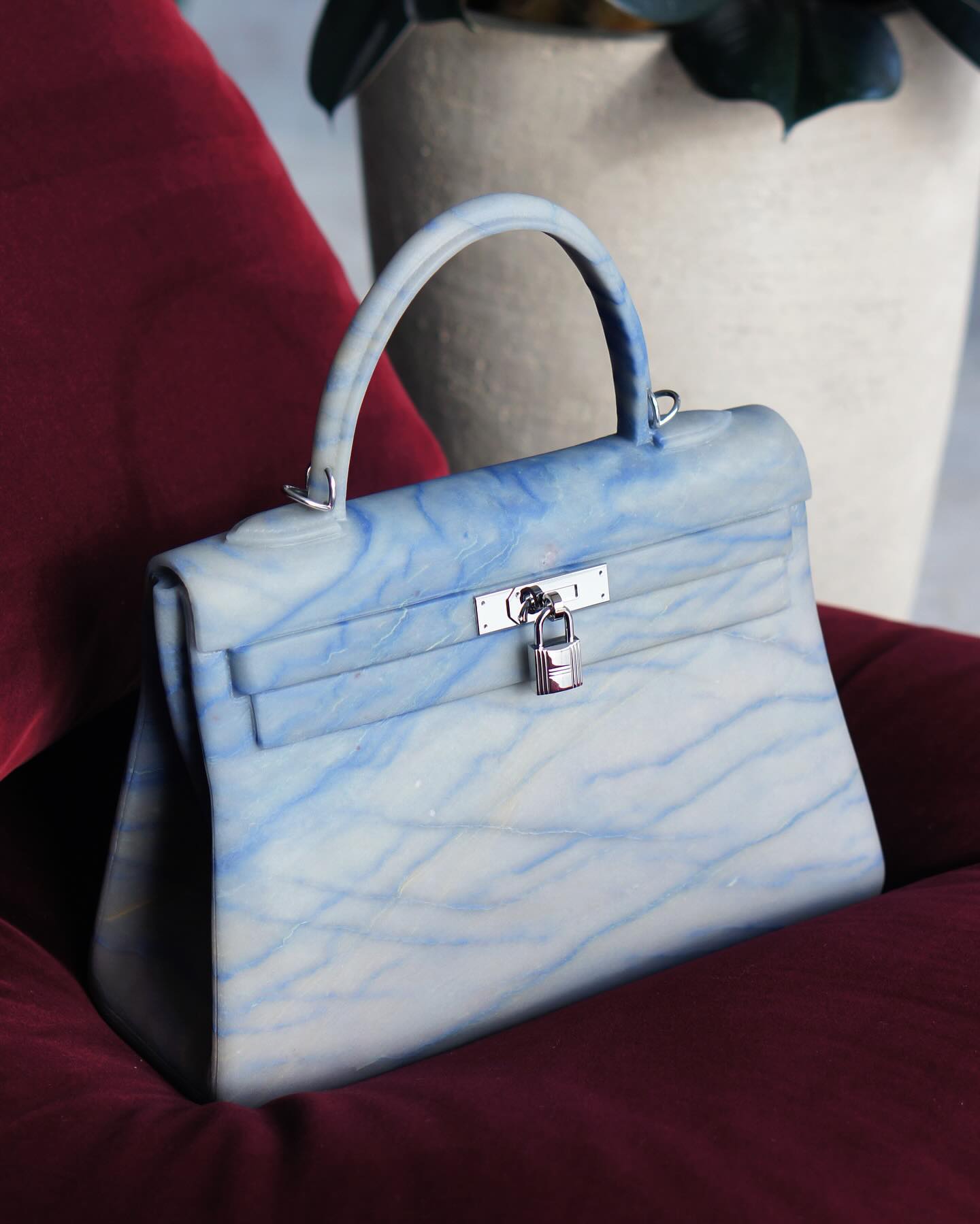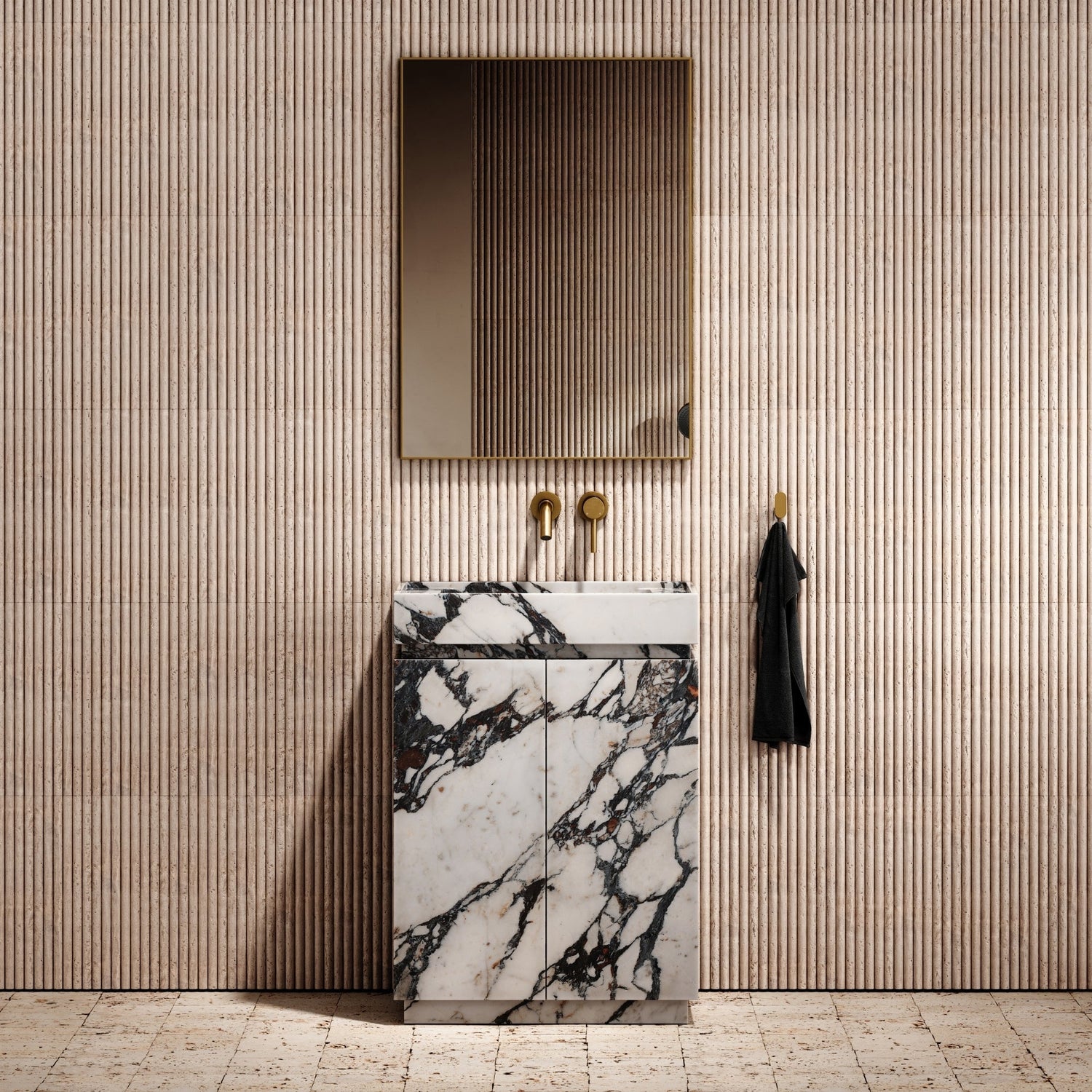Choosing The Right Marble
Redecorating your home is an exciting yet daunting process. From selecting the perfect furniture to choosing the right materials for your floors, walls, and statement pieces, every detail plays a crucial role in creating a cohesive and beautiful space. One material that often becomes a focal point of interior design is marble. With its timeless elegance, distinctive veining, and luxurious appeal, marble can transform a room, but choosing the right one for your home requires careful consideration.
Whether you're looking to update a bathroom with a new bathtub or redesign your kitchen with a marble countertop, this guide will help you navigate the variety of choices available to ensure you select the perfect marble to complement your style.
1. Discover the Origin of the Marble
One of the first things to consider when choosing marble is its origin. Marble is a natural stone that is quarried from various regions across the globe, and each source has its own unique characteristics and appeal.
- Carrara Marble (Italy): Known for its elegant grey veining on a white or light background, Carrara marble is one of the most popular choices for both traditional and contemporary interiors. Its classic, timeless appearance makes it perfect for creating luxurious spaces, whether it's used on countertops, floors, or bathroom walls.
- Pietra Grey Marble (Iran): If you're looking for a darker, more dramatic marble, Pietra Grey offers a deep grey backdrop with striking white veins. This marble adds sophistication and contrast to interiors, often found in modern, minimalist designs.
The origin of the marble not only influences its appearance but also impacts the price, rarity, and history behind each piece. Choosing marble from a reputable source ensures exceptional quality and craftsmanship that can enhance the value of your property.
2. Determine Your Interior Style
Before diving into the specifics of marble's colors and patterns, it's essential to define your interior style. Are you going for a modern, minimalist aesthetic? Or are you embracing a more traditional, opulent look? Marble can suit a wide range of styles, but it’s crucial to choose a type that complements your overall design vision.
- Classic and Timeless: If your style leans towards traditional or classic design, Carrara marble with its subtle veining will provide a refined, understated elegance.
- Modern and Bold: For a more contemporary space, Pietra Grey or marbles with striking veins and deeper tones can add an element of drama and sophistication. The strong contrasts will create a focal point in any room.
- Industrial and Minimalist: If you prefer a more industrial or minimalist look, honed finishes and slabs with muted veining or a cleaner pattern may suit your taste. These types of marble work well in spaces that embrace simplicity and functionality.
When selecting marble, think about how the stone's color and pattern will interact with other elements in the room, such as your furniture, lighting, and color palette. A marble slab will often become a statement piece, so it’s important to choose one that enhances your existing décor.
3. Consider the Texture and Finish
The texture and finish of the marble can greatly impact the overall feel of your space. Different finishes can change how light reflects off the surface, as well as how the marble feels to the touch. When choosing marble, consider both the aesthetic and functional aspects of the finish.
- Polished Finish: A polished marble has a smooth, shiny surface that reflects light, making it a great choice for creating a sense of luxury and radiance. Polished marble works well in high-end kitchens, bathrooms, and living areas, where you want to make a bold statement with the stone.
- Honed Finish: A honed finish, on the other hand, offers a more matte look. It provides a soft, smooth surface that is less reflective than polished marble. Honed marble can give your space a more understated, elegant appearance. It's also less prone to showing fingerprints and watermarks, which makes it an excellent choice for high-traffic areas like kitchen countertops or bathroom surfaces.
- Rough Texture: Some marble varieties feature a rougher texture, embracing the organic feel of the stone. This type of finish is more rustic and natural, often used in more earthy or traditional spaces.
The finish you choose will not only impact the look of the marble but also its maintenance. Polished finishes can show scratches over time, while honed finishes may be better at hiding imperfections. Consider the wear and tear that the stone will be subject to, and choose a finish that best suits your lifestyle.
4. Think About the Long-Term Investment
Marble is not only a beautiful material but also a long-lasting one. It's known for its durability and ability to withstand the test of time. Because it is a natural stone, each slab is unique, and its beauty will only deepen with age. However, this means that your marble will likely be a permanent feature in your home for many years.
Given its investment value, it’s important to choose a marble that you will still love for years to come. The design of your marble should be timeless enough to complement future changes in your décor, whether you decide to refresh your color scheme or rearrange your furniture.
5. Assess the Practicalities of Maintenance
While marble is durable, it does require some upkeep to maintain its appearance. The more porous the marble, the more susceptible it is to staining or scratching. Sealing the marble regularly can help protect it from damage. It’s also important to clean up spills quickly, especially from acidic substances like wine or citrus, as these can cause etching or discoloration.
For areas that see a lot of wear and tear, like kitchen countertops or floors, consider how much maintenance you're willing to do to keep the marble looking pristine. A honed finish may be more forgiving in terms of everyday use, while polished finishes may require more attention to detail to prevent scratches and stains.


